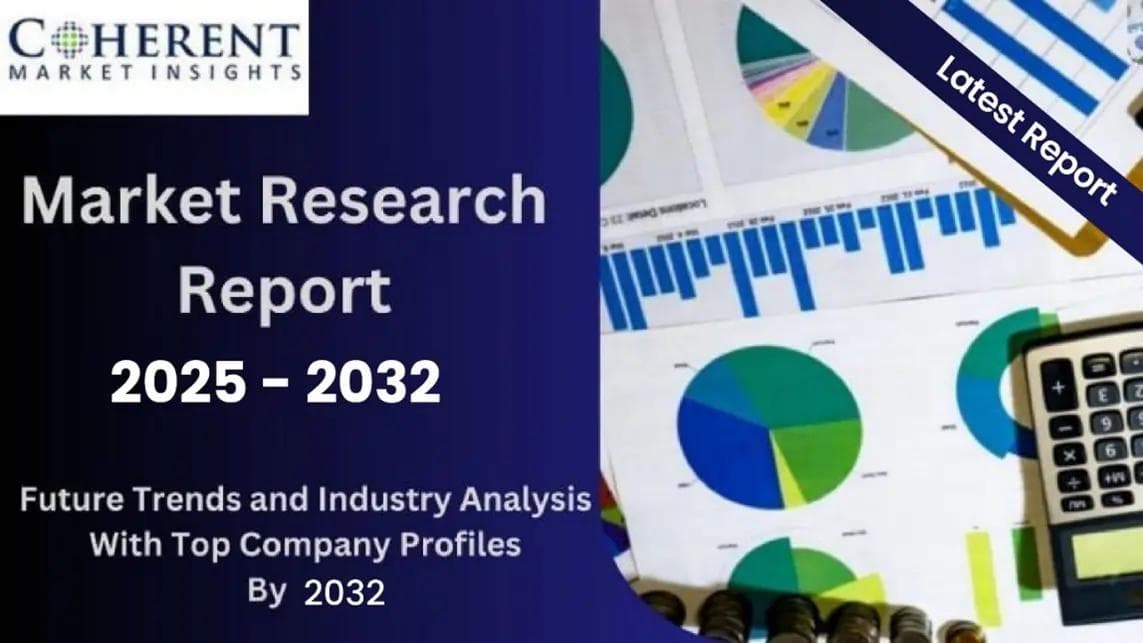Veterinary Hematology Analyzers Market to Reach USD 1.86 Billion by 2035, Driven by 5.4% CAGR
Veterinary Hematology Analyzers Market to Reach USD 1.86 Billion by 2035, Driven by 5.4% CAGR
Published by Wanda Rich
Posted on April 25, 2025

Published by Wanda Rich
Posted on April 25, 2025

Analysis of Veterinary Hematology Analyzers Market Covering 30+ Countries Including Analysis of US, Canada, UK, Germany, France, Nordics, GCC countries, Japan, Korea, and many more.
The global veterinary hematology analyzers market is projected to reach a valuation of USD 1.1 billion by 2025. According to research by Fact.MR, the market is expected to grow at a compound annual growth rate (CAGR) of 5.4%, climbing to USD 1.86 billion by 2035. This growth is primarily fueled by the rising demand for rapid and accurate diagnostic testing in veterinary clinics, driven by increasing pet ownership, a growing livestock population, and heightened awareness of the importance of preventive animal care.
Veterinary hematology analyzers have emerged as a cornerstone in modern animal diagnostics, offering precise blood analysis across a wide range of species. Their widespread adoption reflects the veterinary industry's shift toward value-based care, which emphasizes early disease detection and continuous health monitoring. As veterinary clinics and hospitals prioritize high-throughput and reliable diagnostic solutions, these analyzers are becoming essential tools for effective treatment planning and clinical decision-making.
Technological advancements are significantly reshaping the landscape of veterinary hematology analyzers. Innovations such as AI-enabled differential analysis, automated sample handling, multi-species calibration capabilities, and cloud-based data storage are making diagnostic processes more streamlined and efficient. These advancements not only enhance diagnostic accuracy but also boost overall productivity for veterinary practitioners. Manufacturers are increasingly designing analyzers that cater to both high-volume veterinary hospitals and mobile units, with a particular focus on creating compact, durable systems ideal for use in rural and underserved regions.
The growing threat of zoonotic diseases has also underscored the critical need for enhanced animal health monitoring. Government and private sector efforts are expanding surveillance programs to mitigate the risks of diseases crossing from animals to humans. This, in turn, reinforces the importance of reliable hematology diagnostics in veterinary practice. In addition, livestock operations are incorporating these analyzers into herd health management programs to boost productivity and minimize losses from disease-related issues.
From a regional perspective, the Asia-Pacific market is witnessing rapid expansion due to improvements in veterinary healthcare infrastructure, higher spending on animal wellness, and greater public awareness around animal health. Meanwhile, North America and Europe remain at the forefront of technological innovation in the veterinary diagnostics sector. These regions continue to lead product development, driven by a strong emphasis on clinical efficiency and advanced care standards.
To remain competitive, manufacturers must adapt their offerings to meet region-specific demands in terms of cost, species focus, and workflow compatibility. Tailoring products to local veterinary practices will be crucial for capturing market share and driving long-term success in this dynamic and fast-evolving industry.
For More Insights into the Market, Request a Sample of this Report: https://www.factmr.com/connectus/sample?flag=S&rep_id=8142
Key Drivers of the Market Growth:
Several factors contribute to the expanding market:
Product Segmentation
The market is segmented based on the type of analyzers:
Technological Innovations
The integration of advanced technologies has revolutionized veterinary hematology analyzers:
Regional Market Insights
Challenges and Restraints
Despite the positive outlook, the market faces certain challenges:
Competitive Landscape
The market is characterized by the presence of several key players focusing on innovation and strategic partnerships:
Get Customization on this Report for Specific Research Solutions-https://www.factmr.com/connectus/sample?flag=S&rep_id=8142
Future Outlook
The veterinary hematology analyzers market is poised for continued growth, driven by technological advancements and an increasing emphasis on animal health. As awareness of the importance of regular health check-ups for animals grows, the demand for efficient and accurate diagnostic tools is expected to rise correspondingly.
In conclusion, the veterinary hematology analyzers market presents significant opportunities for growth and innovation. Stakeholders, including manufacturers, veterinary professionals, and policymakers, must collaborate to address existing challenges and harness the full potential of this vital segment in animal healthcare.
Explore More Related Studies Published by Fact.MR Research:
Revenue from the global veterinary anti-infective market size is estimated to reach US$ 5.03 billion in 2024. The market is analyzed to climb to a value of US$ 7.47 billion by the end of 2034, expanding at a CAGR of 4%.
The global transseptal access system market is poised to be valued at US$ 1.14 billion in 2024 and is forecasted to expand at a CAGR of 9.7% to reach US$ 2.86 billion by the end of 2034.
Revenue from the global veterinary molecular diagnostics market size is estimated to reach US$ 211 million in 2024. The market has been analyzed to climb to a value of US$ 463.3 million by the end of 2034, expanding at a CAGR of 7.5% between 2024 and 2034.
The global uterine cancer diagnostic testing market size is expected to reach a size of US$ 3.23 billion in 2024. The market has been forecasted to climb to a value of US$ 6.76 billion by the end of 2034, expanding at a CAGR of 7.7% over the next ten years.
Revenue from the global phenylketonuria treatment market is estimated to reach US$ 761.6 million in 2024. The market has been analyzed to climb to a value of US$ 1.62 billion by the end of 2034, expanding at a CAGR of 7.8% over the next ten years.
Explore more articles in the Research Reports category











